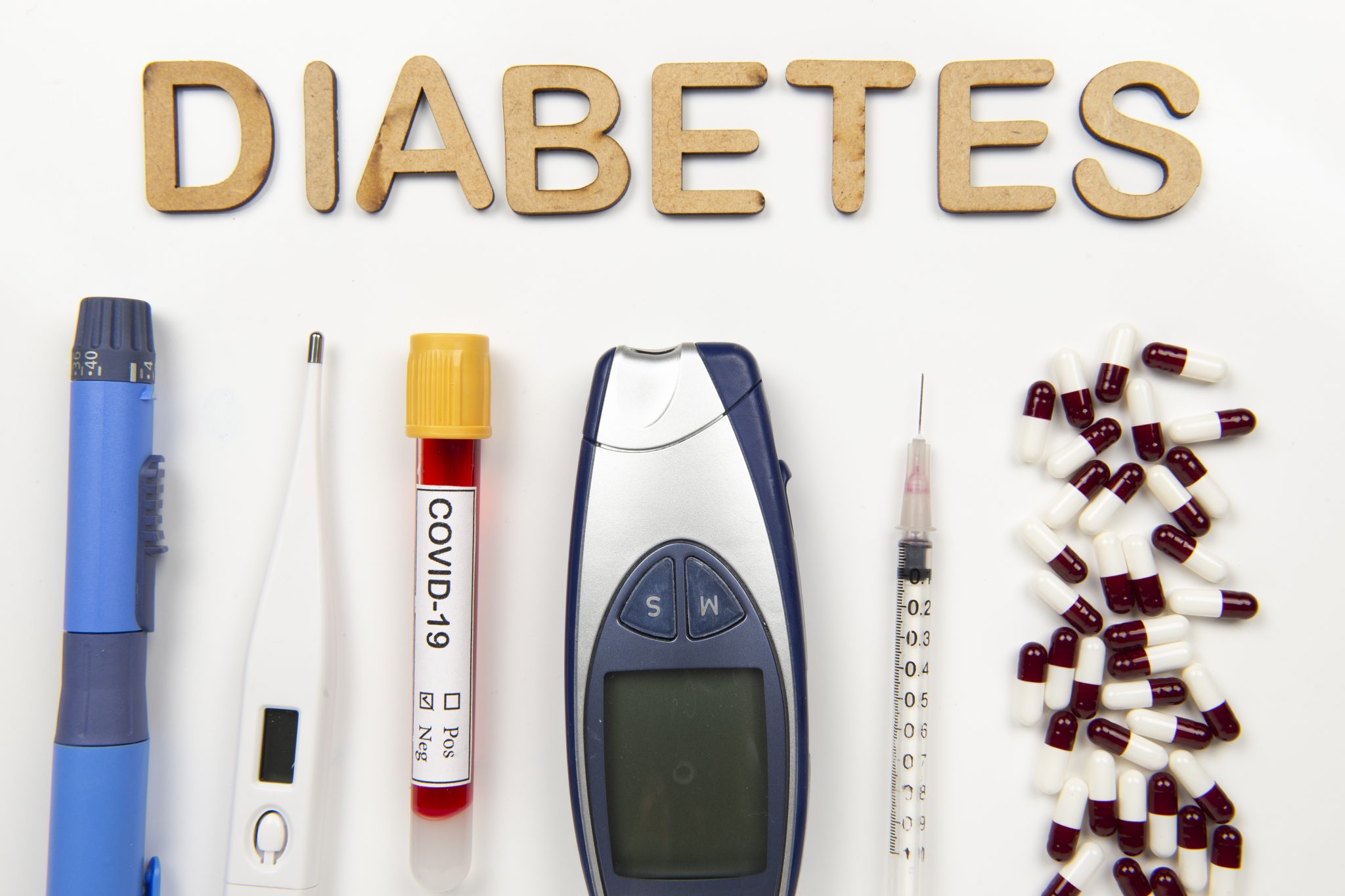Health & Nutrition

In today’s world, people live in a new normal while taking the necessary safety precaution to prevent the spread of COVID-19. As COVID-19 continues to spread and attack people’s health, those living with chronic diseases, such as diabetes, are considered high risk. Diabetes affects more than 34.2 million Americans or about 10.5 percent of the population.
Seniors aged 65 and older have the highest percentage of diabetes (26.8% or 14.3 million). Looking at the disease by race and ethnicity, the American Diabetes Association (ADA) says Hispanics (12.5%) and Blacks (11.7%) have the highest rates of diabetes in America. In addition, individuals with diabetes are more likely to spend 2.3 times more for medical treatment, an estimated $327 billion annually. In Alabama, 672,000–or 12 percent of the population–are diabetic. More than 1.3 million–or 34.6 percent–are pre-diabetic. Therefore, many individuals combat this chronic disease daily.
Types of Diabetes
The ADA encourages people to take charge of their health through awareness, detection, management, and by teaching diabetics to thrive under daily challenges. Diabetes not only affects individuals who are diagnosed with the disease, but family members and caregivers as well. Diabetic awareness starts by knowing the four types of diabetes.
- Type 1 diabetes, previously known as juvenile diabetes, can occur at any age. The truth is that more adults have type 1 diabetes than children. The body does not produce insulin in type 1 diabetics.
- Type 2 diabetes is when the body does not use insulin properly. This condition is called insulin resistance. The pancreas will make extra insulin, but over time it is not enough to keep blood glucose levels normal.
- Gestational diabetes occurs during pregnancy. Mothers may develop insulin resistance, like type 2 diabetes or hyperglycemia. Hyperglycemia is a build-up of glucose in the blood.
- Pre-diabetes may pose no symptoms. In the past, the term was non-existence. A person was or was not diagnosed with diabetes. Pre-diabetics have higher than normal blood sugar levels but not high enough to be considered diabetic.
Symptoms of Diabetes
The symptoms of diabetes may not be easily detected. A person can experience symptoms but attribute them to everyday stress. Detecting diabetic symptoms early is key to getting immediate and appropriate medical treatment. Symptoms include the following:
- Frequent urination
- Feeling tired or exhausted
- Excessive hunger
- Increased thirst
- Blurred vision
- Unexplained weight loss
- Tingling, numbness, and/or pain in hands and feet
- Slow-healing wounds
Managing Diabetes
Preventing or managing diabetes includes balancing healthy foods choices with physical activity. The ADA recommends the following options to manage diabetes:
- Consulting with a healthcare team. One diet plan is not a fix-all. Usually, when a person is diagnosed with diabetes, they will be educated about how to manage the disease. A nutritionist can develop an eating plan for you.
- Do not limit food options. Control portion sizes but include more non-starchy vegetables, minimizing refined grains, added sugars, foods high in fat, and processed foods.
- Consume more nutrient-dense foods, such as green leafy vegetables. Swap high fat and/or sugar foods for healthier options, such as a small apple for a doughnut.
- Limit the number of carbs you eat.
- If a person is overweight or obese, then weight loss is recommended. Start by losing 1 to 2 pounds per week. If the weight does not come off, try waist circumference measurements. You may be building up muscle depending on the type of exercise you do and if you exercise regularly. So, do not get discouraged. Exercise at least 30 minutes or more most days of the week. Walking is a great option. Sign-up for the Walking Like A CHAMPION program.
It can be hard to figure out a meal plan. Therefore, the Diabetes Plate Method could be useful. This plate aids with portion control balancing vegetables, protein, and carbohydrates. It is a great resource to use during the holiday season.
Impact of COVID-19
Learning to live through COVID-19 is challenging for diabetics, family members, and caregivers. As many COVID public service announcements revealed, older adults and people with pre-existing medical conditions, like heart, lung disease, or diabetes, are at higher risks for developing more serious complications, including death, from COVID-19. Unfortunately, 40 percent of diabetics with COVID-19 have died. Therefore, this disease creates challenges for keeping diabetics safe.
Living with diabetes is not easy, so it’s important to take extra measures to stay safe. It would be beneficial for diabetics to create a plan to ensure safety precautions, preventive steps, and sick strategies. A diabetic action/health plan should include your doctor’s phone numbers, direct line to healthcare team (patient portal, telehealth services), medication list, foods to keep blood sugar from dropping (regular soda, hard candies), extra medication refills (insulin), extra supplies of rubbing alcohol, and enough cleaning supplies.
Diabetics, just like everyone else, should make it a top priority to get vaccinated for COVID-19 to protect their safety as well as others. In addition, follow the guidelines outlined by the Centers for Disease Control and Prevention, such as washing hands, using hand sanitizers, practicing social distancing, and cleaning surfaces frequently. If a diabetic develops symptoms, they should contact their physician immediately. In addition, follow the previous steps, drink lots of fluids, and check blood sugar levels regularly.
Extension Resources
Diabetics, family members, and caregivers are not in this fight alone. There are many resources available. The Alabama Extension at Alabama A&M University health and nutrition team is addressing health issues and technology through the CHAMPION Shaping Your Health series.

